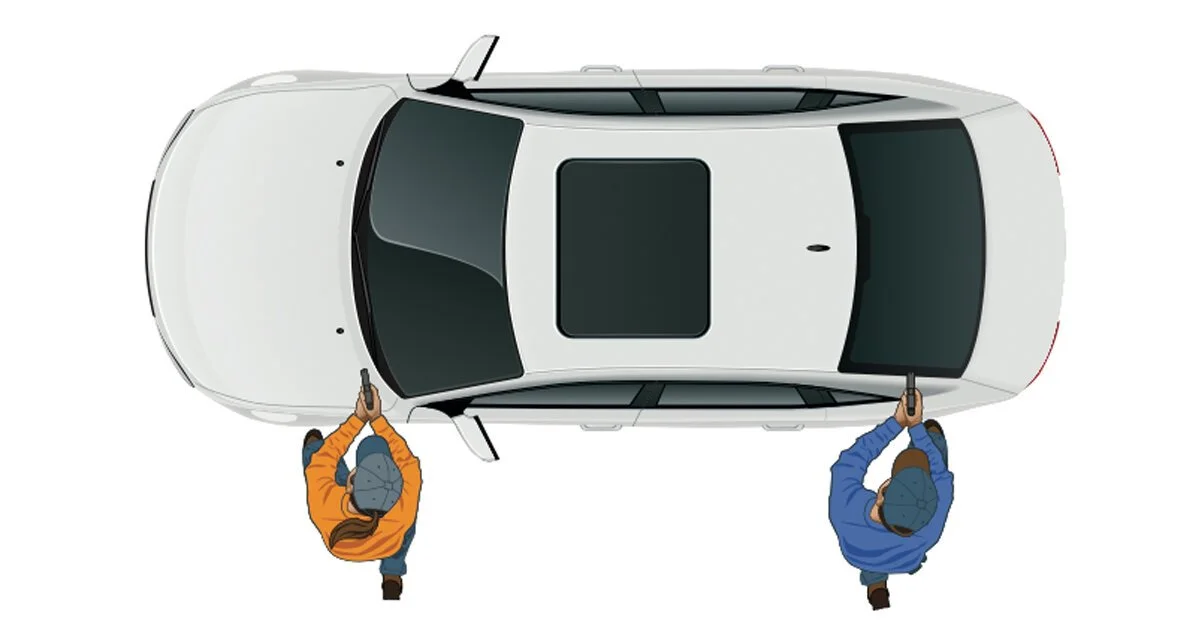Two-Person CQB: Fighting Outside of Buildings (Part 1)
This short article is taken from our Two-Person CQB Online Course and companion book. It provides a brief discussion of how to move and fight in the street or in-between buildings in an urban environment. We welcome your reactions, comments and ideas on our Facebook page and if you like the article, click below to check out our free preview of the Two-Person CQB Online Course.
Introduction to Urban Movement
If you have to move through an urban environment where threats could emerge from any building or direction, you must be prepared to move tactically in the safest way possible. Urban movement tactics are particularly useful for dealing with terrorist attacks or active shooter (deadly attacker) scenarios. In these scenarios, the adversaries will most likely not barricade themselves in one building but will probably move freely from building to building, attempting to cause maximum destruction.
To protect yourself against a terrorist or deadly attacker threats, you must know how to move outside of buildings. The most critical question when moving between buildings is whether you are under fire or not under fire. If you are not under fire, you can move down the street with your partner with weapons holstered or at the ready. If you take hostile fire, you must employ more deliberate maneuver in order to minimize exposure. As always, the first option is to escape the situation and create distance between you and the threat. When maneuvering, it is best to move away from the adversary and encourage others to escape, covering them as they move.
When maneuvering under fire, you must strive to always have one person who is moving while the other person provides cover. You should avoid trying to move and shoot at the same time while exposed in the street without cover or concealment. Instead of trying to move and shoot at the same time, which greatly reduces accuracy, you should sprint as quickly as possible to the next covered position and then return fire from a more stable firing platform. This will reduce your exposure, increase your shooting accuracy, help you conserve ammunition and reduce your chances of accidentally shooting an innocent person.
When fighting in the street, you should always take maximum advantage of cover and concealment. This is the single most important factor that can improve your chances of survival. You should take cover behind solid walls or cars, rather than objects like bushes, wooden benches, mailboxes or lampposts which offer inadequate protection. When using cars for cover, you should position yourself behind the engine block and wheel well for maximum protection. Even a curb can provide limited protection against bullets.
Cover and Concealment
When choosing the best covered and concealed position, there are several factors to keep in mind. First, you should choose a large object with as much ballistic protection as possible. A small, thin tree is not as good as a thick, heavy tree or stone wall. Second, when taking cover with a partner, it is best not to try to squeeze behind one small object but you should instead try to maintain some dispersion. It is also best to find cover that allows you to fire around the side instead of over the top, since popping up over the top of an object makes you an easier target. Finally, it is often best to choose a single, large piece of cover like a wall (or the metal container below), so that if your partner is wounded, you will have a covered route to crawl over and provide assistance.
When taking cover behind a vehicle, it is best to position yourself behind the engine block and/or wheel-well. The engine block of a car provides the best ballistic protection. The wheels and wheel-wells can provide protection for your legs and lower body as you crouch. Bullets have a tendency to skip underneath cars. If a bullet strikes your pelvic girdle or the femoral artery in your leg the wound can be fatal. Therefore, it is important to protect your legs and lower body by positioning yourself behind the vehicle’s wheel well. If the vehicle’s doors are open, it is best to close them (as shown in the illustration below) to provide added protection against bullets.
We hope you found the short article useful and once again we welcome your reactions, comments or suggestions on our Facebook page where we frequently hold constructive discussions on tactics with people from various tactical backgrounds and experience levels. Also, click above if you would like to check out the first two modules of our online course for free.



